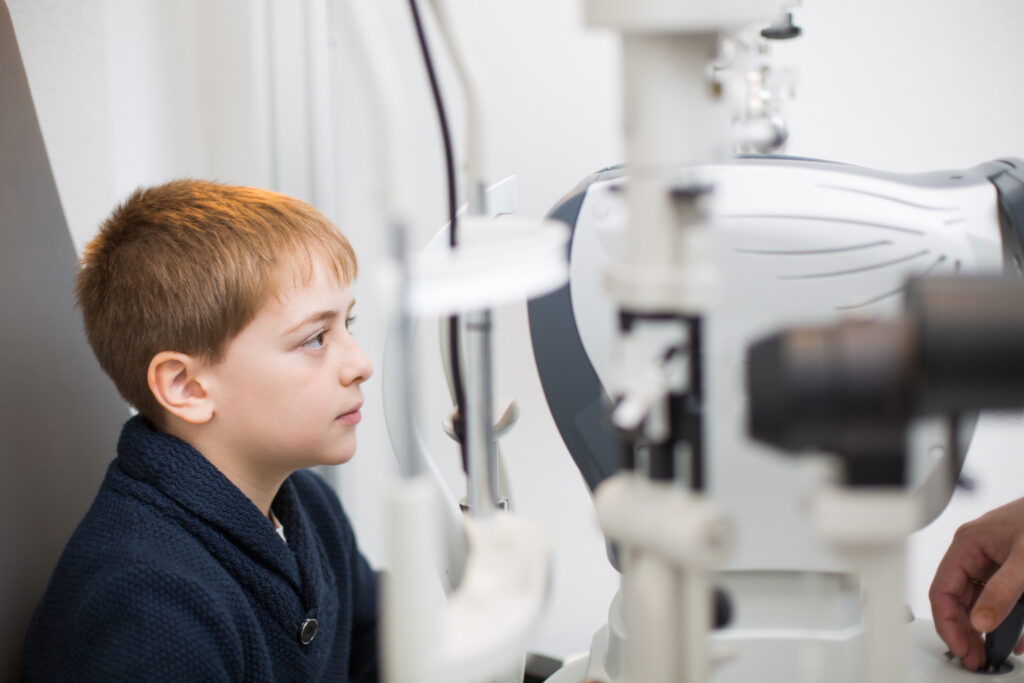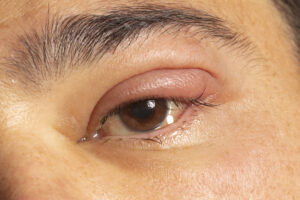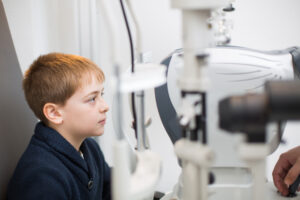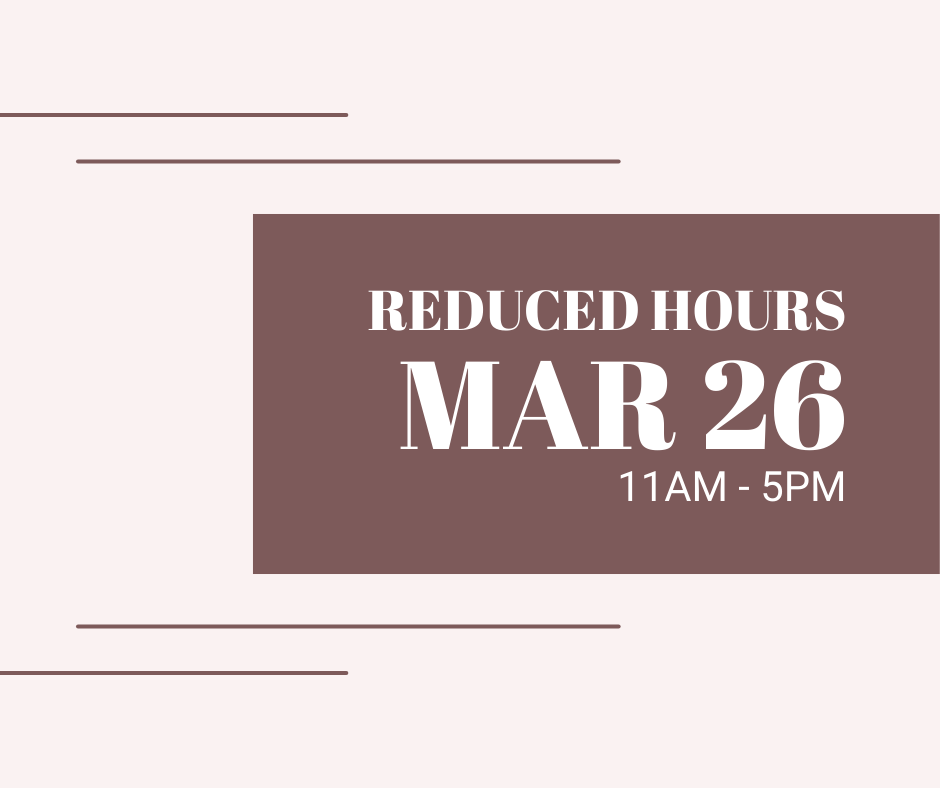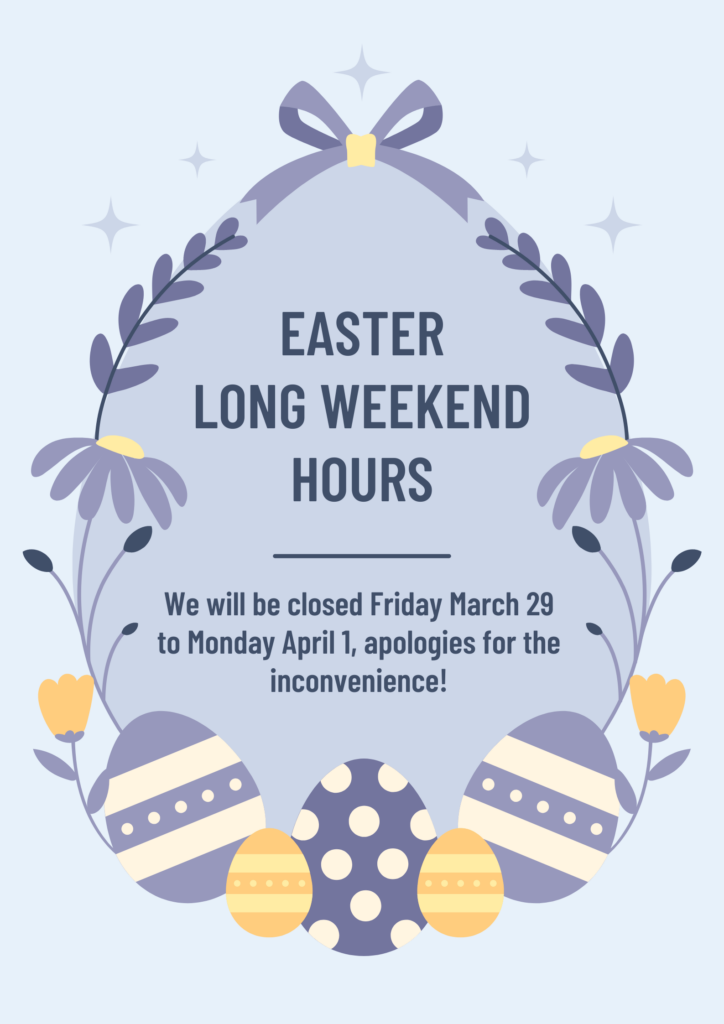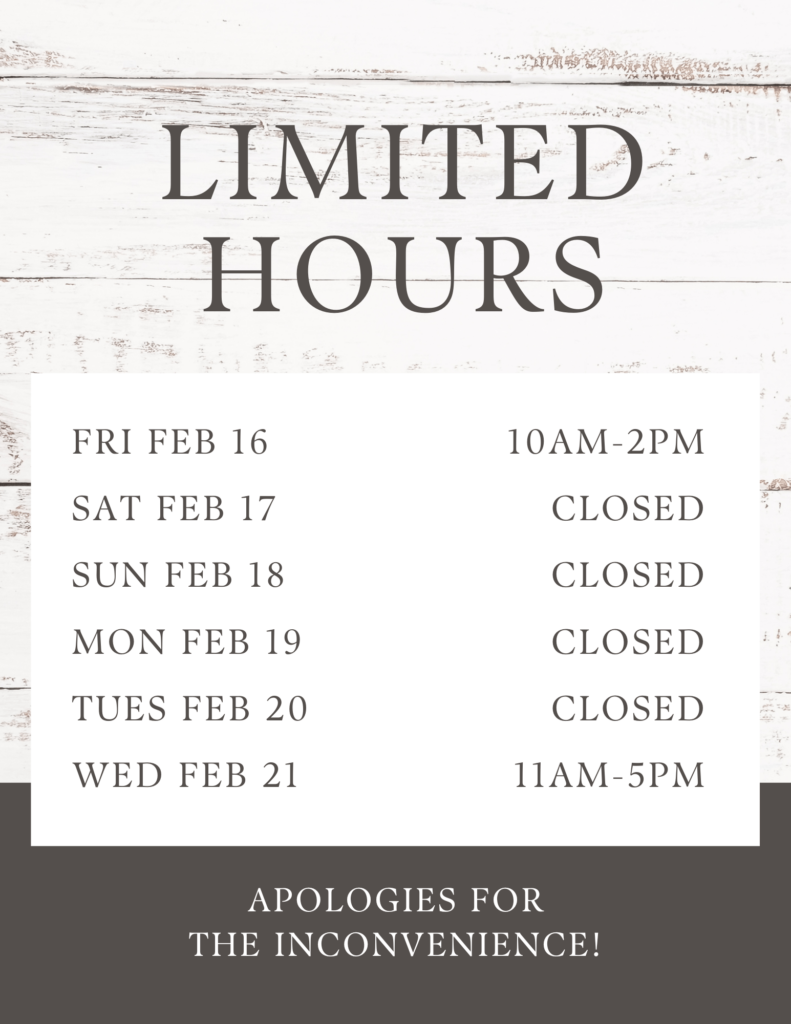Lazy eye, also known as amblyopia, is a condition whereby one eye fails to cultivate normal vision during the childhood. It typically arises when there exists a marked discrepancy in vision or prescription between the two eyes, or if one eye harbours a structural problem that affects visual development. The cardinal objective in addressing a lazy eye is to enhance the visual acuity of the affected eye and improve the vision to utilize it with greater efficacy. Below are a list of symptoms.
Corrective Eyewear: Prescription glasses or contact lenses may be prescribed to correct any refractive errors or differences in prescription between the two eyes. By providing clear vision to the affected eye, eyewear helps reduce the imbalance between the eyes and encourage better visual development. The earlier we start treatment, the better the outcome!
Patching: Patching involves covering the stronger eye with an eye patch, adhesive patch, or special eyeglasses with a blocked lens. This forces the brain to rely on the weaker eye, stimulating its visual development. Patching is typically done for a few hours a day, and the duration may vary depending on the severity of the lazy eye.
Vision Therapy: Vision therapy involves a series of eye exercises and activities designed to improve eye coordination, visual tracking, and focusing abilities. It is often used in conjunction with patching or other treatment methods. A vision therapist or an eye care professional trained in vision therapy can guide the individual through a customized program.
Treatment of Underlying Conditions: If lazy eye is caused by an underlying condition such as a cataract, strabismus (misalignment of the eyes), or other structural abnormalities, appropriate treatment for the underlying condition may be necessary. This may involve surgery, corrective lenses, or other interventions to optimize visual function.
Atropine Eye Drops: Atropine eye drops may be used instead of patching to temporarily blur the vision in the stronger eye. This also encourages the weaker eye to become more active and improve its visual function. The drops are typically applied to the stronger eye once a day.
It’s important to note that early detection and treatment of lazy eye is crucial for the best possible outcomes. If you suspect your child may have lazy eye or if you have concerns about your own vision, consult with an eye care professional for a comprehensive eye examination and appropriate treatment recommendations. At Lumos, Dr. Leung will be able to determine the best course of action based on the individual’s age, severity of lazy eye, and specific visual needs.

